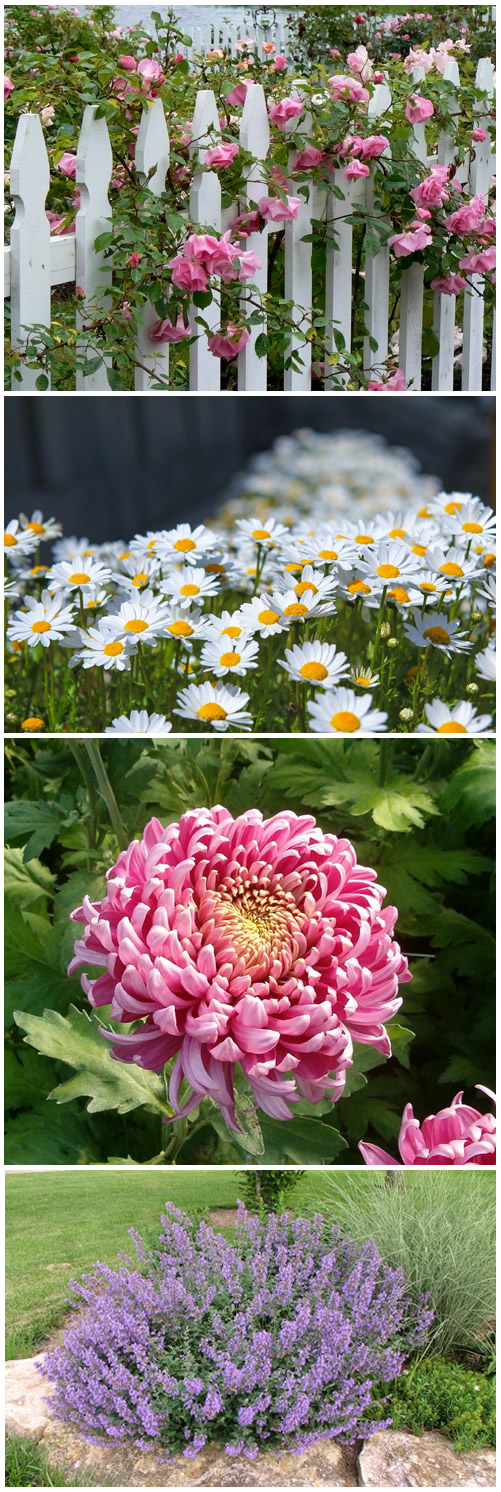Keeping Color in Your Cape Cod Garden All Summer Long
 Summer is here, and you want your Cape Cod garden looking its best for those lovely warm days and (hopefully) cool breezy nights. To keep your landscaping bursting with color all the way through Labor Day, and beyond, we suggest a few gardening tips and tricks.
Summer is here, and you want your Cape Cod garden looking its best for those lovely warm days and (hopefully) cool breezy nights. To keep your landscaping bursting with color all the way through Labor Day, and beyond, we suggest a few gardening tips and tricks.
Watering Appropriately
Your watering method has a huge impact on your garden. Appropriate watering will ensure the best blooms and keep your flowers looking fresh all season. The most important aspect of watering is paying attention during the process. Always begin by checking how damp or dry the soil is around your plants, and be sure to avoid watering too quickly or too heavily. Aim for the root zone rather than drenching foliage, and water deeply—perennials have roots as far as 12 inches below, so that soil needs to be reached. It’s best to water in the morning during the summer months, and thoroughly mulching your garden will help retain moisture, reduce runoff and keep plants thriving.
Deadheading
Deadheading, or cutting old flowers off their stems to make room for new blooms, is vital to your garden’s health. Though you may think you can sit back and relax once your summer plants are blooming, an early July deadheading session can revitalize your garden and keep it full of color through the end of the season. If your garden is garnished with Cape Cod roses, for example, diligently deadheading them can spark a second round of blooms. Continue lightly deadheading geraniums throughout the season for best results. Note that some plants are blissfully low-maintenance and don’t require deadheading; these include impatiens and begonias, and many of the “Super” options from Proven Winner. Overall, keep an eye out for old flowers throughout the summer so you don’t miss more blooming opportunities.
Adding Annuals
If and when your perennials start looking less than their best, filling in those beds with annuals can revive and revamp your garden. You can plant colorful annuals in open spaces, or simply place potted annuals in lackluster spots to freshen up these areas. As the season draws to a close, transition annuals from summer favorites to heartier fall options such as mums, certain daises and asters.
Planning for Next Year
Finally, do some homework to make next year’s blooms even better. Photograph your garden a few times throughout the summer and take note of which plants are thriving when. Knowing when specific plants bloom will help you in the planning phase when it’s time to add perennials in the spring. Keep your garden in tip-top shape and you’ll enjoy colorful blooms all summer long.

